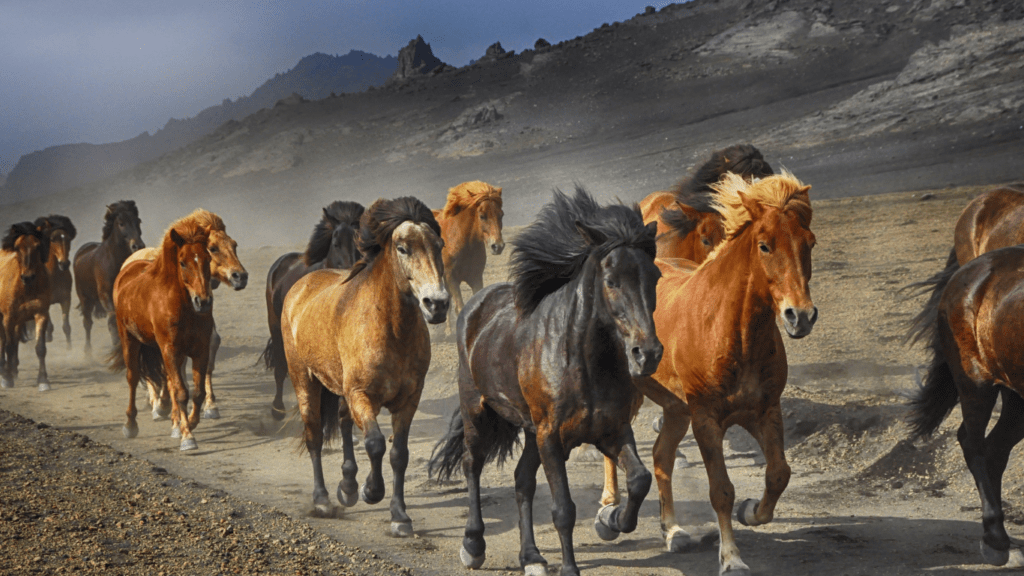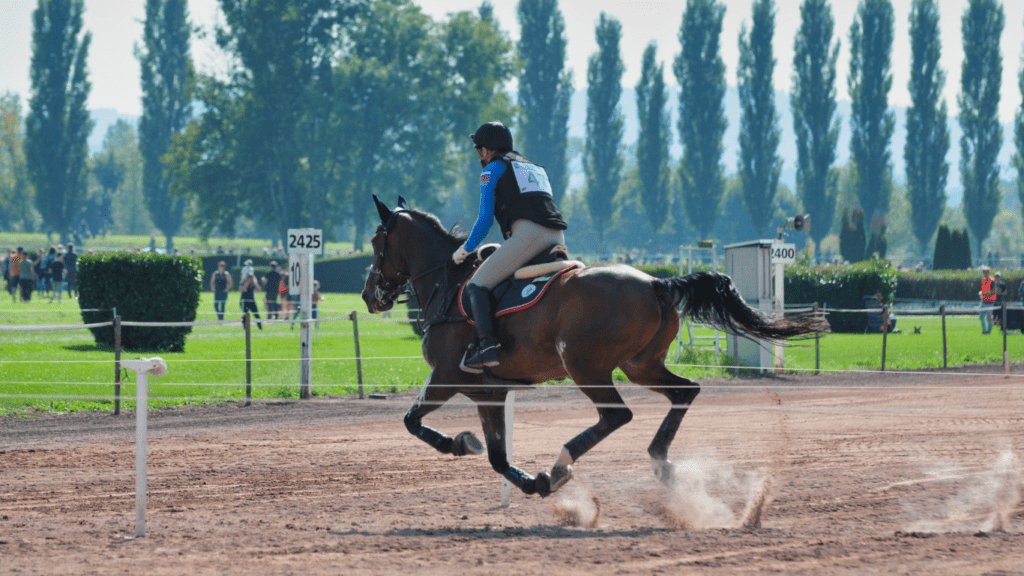Understanding Horse Racing Basics
Horse racing can seem complex at first, but knowing the basics makes it easier to navigate. Key aspects include track conditions, race types, and horse form.
- Track Conditions: Track surfaces vary and affect horse performance. Soft tracks may benefit certain horses while firm tracks favor others. Checking recent track conditions helps make informed choices.
- Race Types: Races differ in length and surface type. Turf and dirt are common surfaces. Races range from sprints (shorter, faster) to marathons (longer, more endurance). Each race type suits different horses.
- Horse Form: A horse’s recent performance is a good indicator of future success. I look at finishing positions, speed figures, and past performances. It’s important to note changes in training, jockeys, or equipment.
Here’s a breakdown of key elements to consider:
| Element | Description |
|---|---|
| Track Conditions | Affect horse performance |
| Race Types | Vary in length and surface |
| Horse Form | Indicates recent performance and trends |
Understanding these basics sets a foundation for more advanced strategies in horse race betting.
Researching Horses and Jockeys

Understanding horse and jockey dynamics can significantly improve betting outcomes. By examining performances and analyzing stats, bettors can make more informed decisions.
Examining Past Performances
Consider a horse’s past performances to assess its potential. Look at:
- Race Results: Evaluate finish positions in previous races. A horse consistently placing in the top three demonstrates strong potential.
- Track Conditions: Note how horses performed under different surface conditions. Some excel on turf while others perform better on dirt.
- Competition Level: Check the class of races the horse has competed in. Success in higher-class races often indicates a strong contender.
- Race Distance: Review distances of past races. Horses exhibit varying levels of stamina, influencing their performance at different lengths.
Analyzing these factors provides a comprehensive view of a horse’s capabilities, aiding in predicting future performances.
Analyzing Jockey and Trainer Stats
Jockey and trainer performance stats impact horse racing outcomes. Focus on:
- Win Rates: Assess jockey and trainer win rates. Higher percentages suggest consistent success.
- Track Records: Investigate their history at specific tracks. Familiarity with the track often translates to better performance.
- Partnership Success: Look at how often the jockey and trainer win together. Successful collaborations can be a strong indicator.
- Experience: Check the number of races run. More experienced jockeys and trainers are likely more adept at strategy and race management.
These stats give insight into the potential influence a jockey or trainer can have on a race, enabling bettors to make more informed decisions.
Evaluating Race Conditions
Examining race conditions helps me make smarter bets, increasing my chances of picking a winner. Focusing on track surface and weather conditions can reveal which horses have an edge.
Impact of Track Surface
Track surfaces, such as dirt, turf, and synthetic, influence how horses perform. Understanding these surfaces helps me predict race outcomes more accurately.
- Dirt tracks favor horses with strong, fast legs. Horses accustomed to this surface tend to perform better in muddy conditions, though rain may affect these tracks more compared to others.
- Turf tracks, or grass tracks, suit horses with smooth, efficient running styles. These tracks remain less impacted by weather but can become slippery when wet, posing challenges for some horses.
- Synthetic surfaces, a mix of various materials like rubber and sand, offer consistency. Horses running on synthetic tracks usually maintain stable performance regardless of weather conditions.
Importance of Weather Conditions
Weather conditions play a crucial role in horse racing, affecting track conditions and horse performance. Weather factors include precipitation, temperature, and wind.
- Precipitation, such as rain, can turn dirt tracks muddy and turf tracks slippery. Horses with proven performance in wet conditions gain an advantage.
- Temperature impacts a horse’s stamina. Horses may struggle in extreme heat or cold, so evaluating past performances in similar temperatures guides me in judging their potential.
- Wind affects race dynamics. Headwinds can slow horses down, while tailwinds offer a boost. Analyzing how horses handled races with similar wind conditions provides insights into future performances.
By thoroughly evaluating race conditions, particularly track surfaces and weather, I improve my chances of picking winning horses.
Strategies for Placing Bets
Every bettor’s goal is to maximize their winnings while minimizing losses. To achieve this, strategic betting practices are essential.
Types of Bets
Understanding the different types of bets helps diversify betting strategies:
- Win Bets: A straightforward bet on a horse to finish first. For example, betting on Horse #4 to win the race.
- Place Bets: This bet pays if the horse finishes first or second. For instance, betting on Horse #7 to place.
- Show Bets: This wager returns money if the horse finishes first, second, or third. For example, placing a show bet on Horse #2.
- Exacta Bets: This bet requires picking the first two finishers in the correct order. An Exacta Box bet allows any order of the two horses.
- Trifecta Bets: Predict the first three finishers in exact order. A Trifecta Box bet offers flexibility in the order but increases the cost.
- Superfecta Bets: Picking the first four finishers in exact order. Requires a deep understanding of the race lineup.
Diversifying bet types manages risk and maximizes potential returns.
Managing Your Betting Budget
Effective budget management ensures sustainable betting practices:
- Set Limits: Establish a fixed amount for betting before each race day. Never exceed this budget to avoid significant losses.
- Percentage Betting: Allocate a percentage of your total budget per bet, usually 1-5%, to minimize risk.
- Track Performance: Record each bet, noting the type, amount, and result. Analyzing patterns reveals strengths and areas for improvement.
- Avoid Chasing Losses: Stick to the predetermined betting limits. Trying to recover losses often leads to more significant setbacks.
- Use Bonuses Wisely: Capitalize on any bonuses or promotions offered by betting platforms, ensuring they fit into your betting strategy.
Strategic budgeting fosters disciplined betting, reducing the likelihood of significant financial loss.
Common Mistakes to Avoid
Understanding common mistakes in horse betting can improve success. Here are key errors to steer clear of:
- Overlooking Track Conditions: Many bettors ignore the track surface and weather. Dirt, turf, and synthetic tracks have distinct impacts on performance. Rain can alter dirt tracks, making them muddy and tough. Analyzing how horses fare in specific conditions increases the chances of a win.
- Ignoring Jockey and Trainer Stats: Focusing solely on the horse’s stats without considering jockey and trainer records is detrimental. Jockey success rates, trainer history, and the pair’s past performance together significantly affect outcomes. Knowledge of these factors offers a more holistic view.
- Betting with Emotions: Favoring a horse based on name, number, or personal bias leads to poor choices. Relying on data-driven decisions and past performance is more effective. Feelings should take a back seat to facts.
- Chasing Losses: Attempting to recover losses by continuing to bet irresponsibly compounds the problem. Establishing and sticking to a budget promotes disciplined betting, reducing financial risk. Avoid the temptation to overspend after a loss.
- Neglecting Horse Form Analysis: Failure to evaluate a horse’s recent performance can result in uninformed bets. Factors such as race distance, competition level, and finishing times provide insight into a horse’s current condition. Consistent analysis of form increases informed wager opportunities.
- Ignoring Value Betting: Betting on the favorite without considering the odds can limit returns. Value betting involves finding horses with higher potential returns based on their chances of winning relative to the odds. This strategy enhances profit margins.
Avoiding these mistakes by focusing on statistics, track conditions, and disciplined betting can lead to more successful wagers.


 Michaello Thomasters, the visionary founder of Bet Roll Gamble, has built a dynamic platform that serves as a hub for betting enthusiasts across various arenas, including sports, poker, horse racing, and esports. With a passion for providing valuable insights and strategies, Thomasters aimed to create a space where both novice and experienced bettors can enhance their skills and stay ahead of trends.
Michaello Thomasters, the visionary founder of Bet Roll Gamble, has built a dynamic platform that serves as a hub for betting enthusiasts across various arenas, including sports, poker, horse racing, and esports. With a passion for providing valuable insights and strategies, Thomasters aimed to create a space where both novice and experienced bettors can enhance their skills and stay ahead of trends.